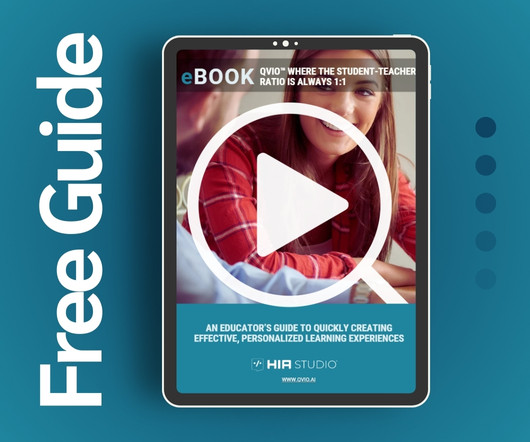9 questions that help get at student agency and personalization
Dangerously Irrelevant
JULY 6, 2019
If your goal for a lesson, unit, or other instructional activity is to have students drive more of their own learning, consider these 9 questions from Section C of the 4 Shifts Protocol. If you like your answers, awesome! Keep doing that! If you’re not where you want to be yet, pick a couple of questions and select your desired answers instead (e.g., Students instead of Teachers or Both ).

















Let's personalize your content